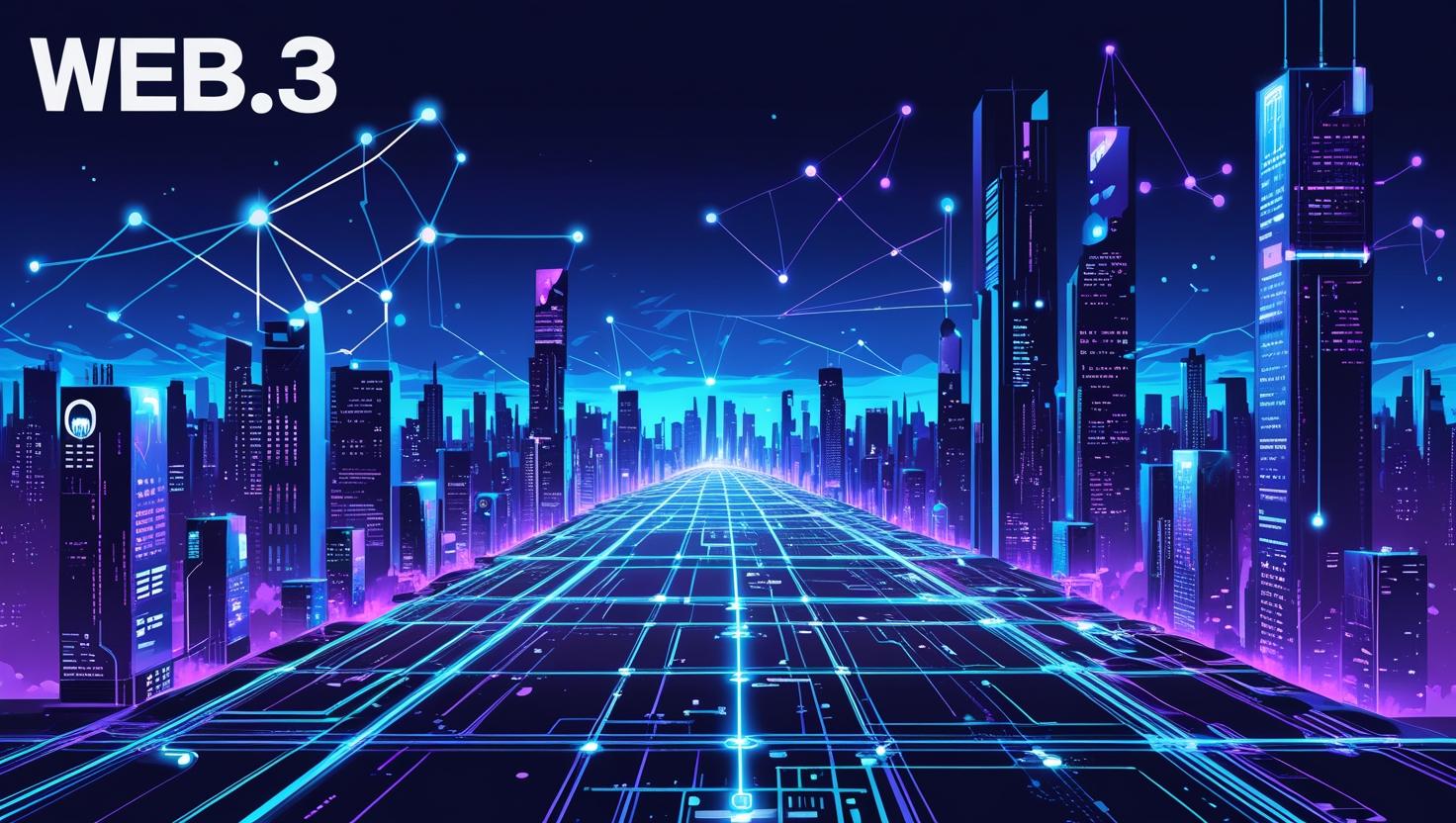🌐 Web1 (1990s – Early 2000s): The “Read-Only” Web
-
Static websites (e.g., basic HTML pages).
-
One-way communication – Users could only read information (no interactions).
-
Decentralized infrastructure – Built on open protocols (HTTP, SMTP).
-
Examples: Early Yahoo, Britannica Online.
🔄 Web2 (Mid-2000s – Present): The “Read-Write” Social Web
-
Dynamic, interactive platforms (social media, cloud apps).
-
Centralized control – Big Tech (Google, Facebook, Amazon) owns user data.
-
User-generated content – YouTube, Twitter, Instagram.
-
Monetization via ads & data – Free services in exchange for privacy.
🚀 Web3 (Emerging Now): The “Read-Write-Own” Decentralized Web
-
Blockchain-powered – No central authority (user-controlled data).
-
True digital ownership – NFTs, crypto wallets, DAOs.
-
Smart contracts – Automated, trustless agreements (DeFi, dApps).
-
Interoperability – Cross-platform data sharing (e.g., Metamask across apps).
-
Examples: Ethereum, IPFS, Brave Browser, Decentraland.
Key Differences: Web1 vs. Web2 vs. Web3
| Feature | Web1 | Web2 | Web3 |
|---|---|---|---|
| Control | Decentralized | Centralized (Big Tech) | Decentralized (Users) |
| Interaction | Read-only | Read-Write | Read-Write-Own |
| Economy | No monetization | Ad-based | Tokenized (Crypto/NFTs) |
| Data Ownership | Open, non-tracked | Sold to advertisers | User-owned & encrypted |
| Tech Stack | HTML, CSS | JavaScript, APIs | Blockchain, AI, IoT |
Why Web3 Matters?
✅ No Middlemen – Cut out Big Tech monopolies.
✅ User Sovereignty – Own your data, identity, and assets.
✅ Censorship Resistance – Decentralized platforms (e.g., Mastodon vs. Twitter).
✅ New Business Models – Play-to-earn games, creator monetization via NFTs.
The Future: Where Web3 is Headed
-
Metaverse Integration – Virtual worlds with true digital property rights.
-
DeFi (Decentralized Finance) – Banking without banks.
-
AI + Blockchain – Transparent, user-controlled AI models.
Web3 isn’t just an upgrade, it’s a paradigm shift toward a user-owned internet.


